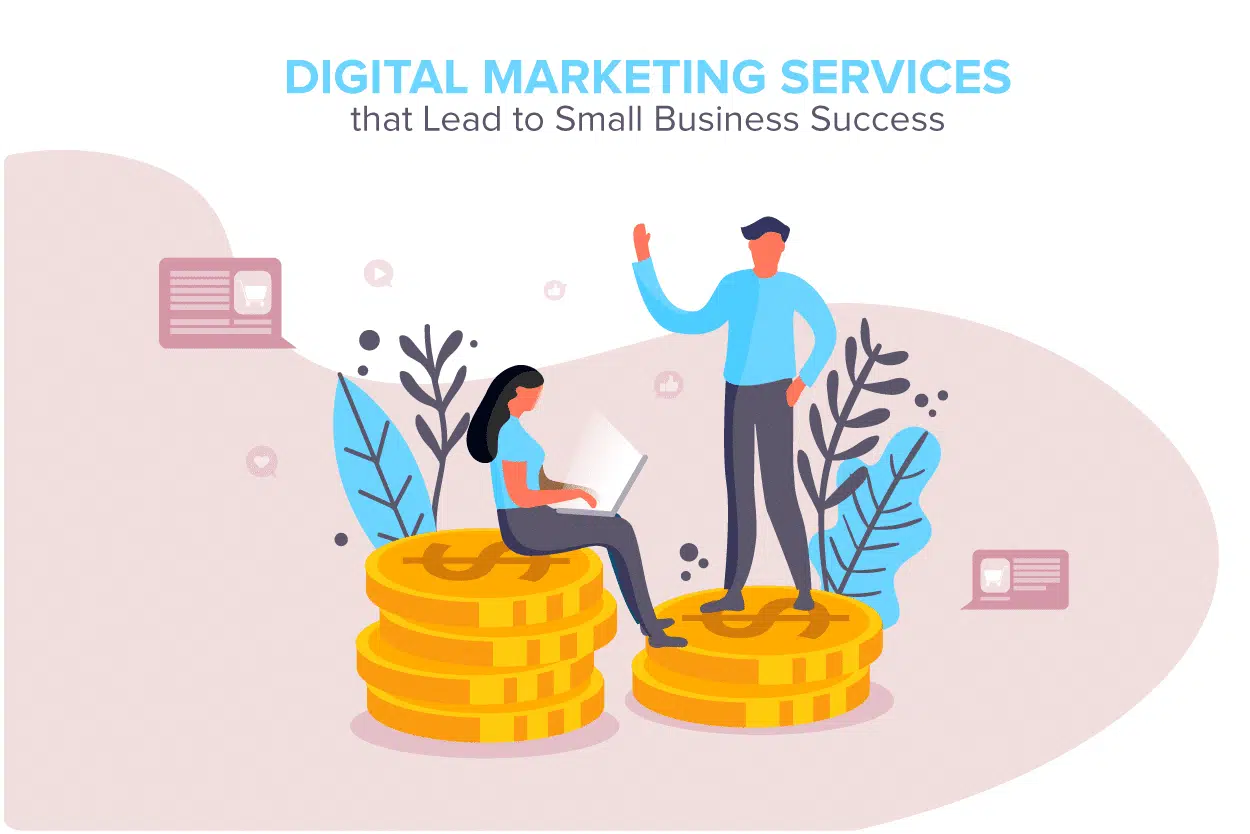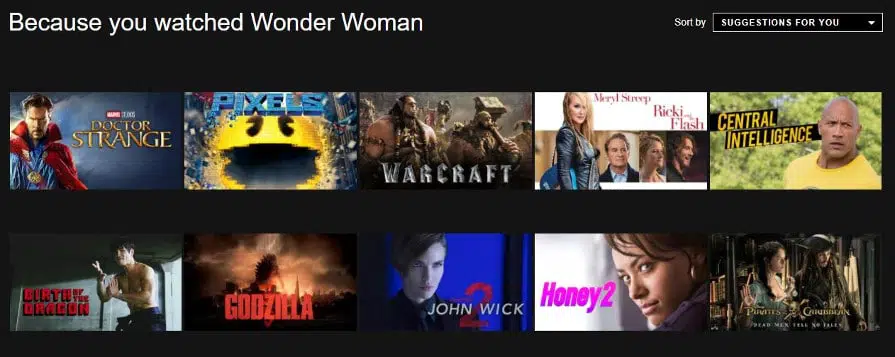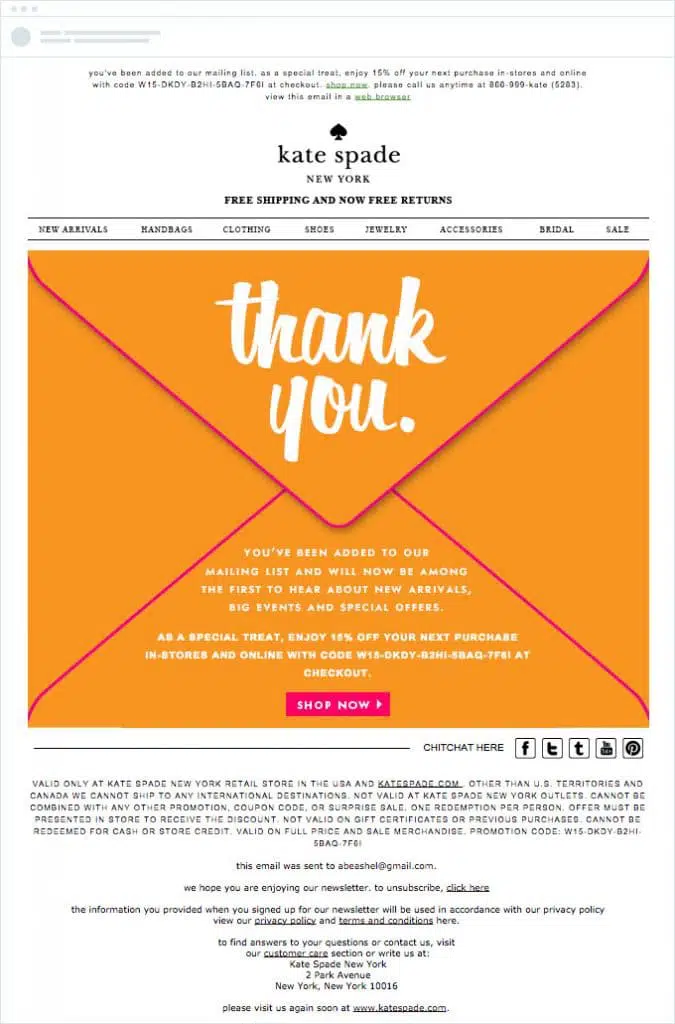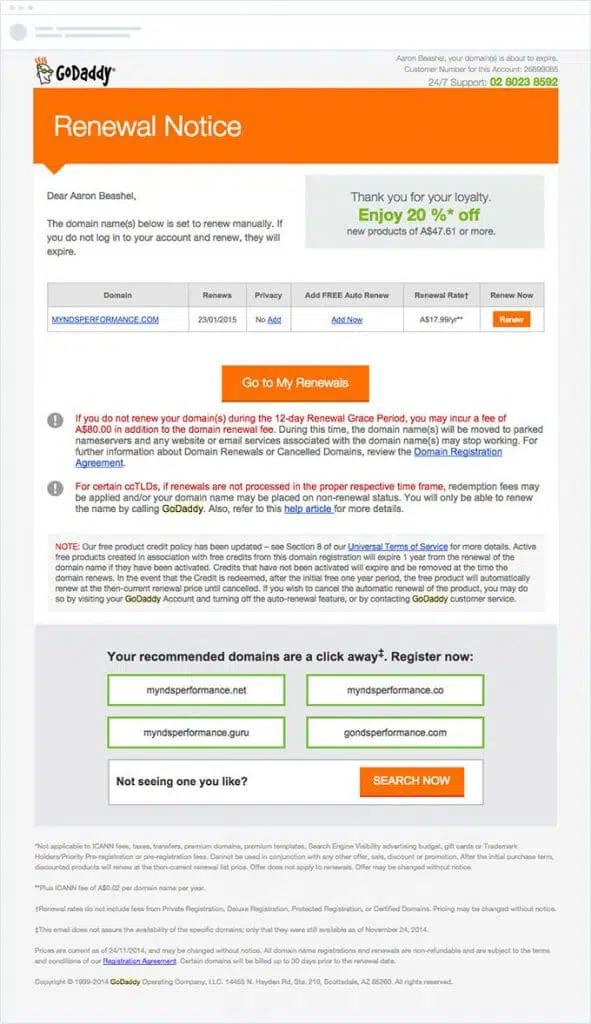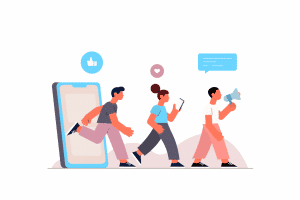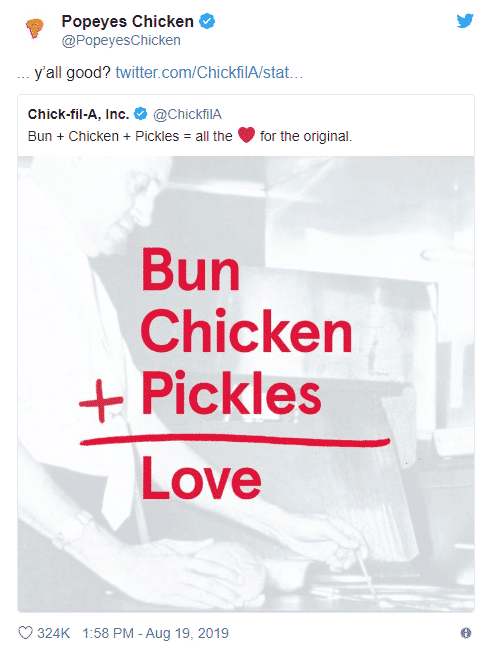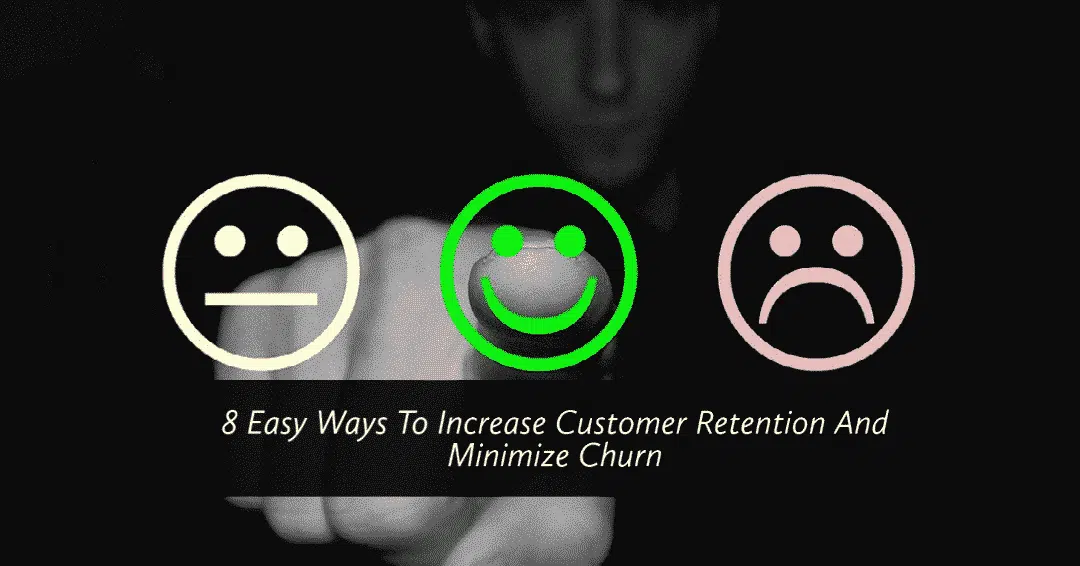Many small business owners are overwhelmed when it comes to digital marketing services. It may seem difficult to know where to start, and you’re likely busy dealing with the rest of your business to act on all the latest trends.
For this reason, many small businesses go about their digital marketing strategies haphazardly, which leads to little success and a feeling that you’ve wasted your precious time and resources.
But when implemented correctly, small businesses can leverage the power of digital marketing to compete on the same level as big brands. If you’re looking for ways to reach your target audience in a cost-effective manner, keep reading.
From SEO to email newsletters to content marketing, there are many ways to implement digital marketing services. Let’s take an in-depth look at some of these methods and the marketing best practices for each one. Our actionable tips will save you time and help your small business see exponential growth.
1) SEO
Search engine optimization is the first thing to focus on when improving your digital marketing strategy. The methods used when optimizing for search engines allow your site to rank better, thereby increasing the chances of users clicking on your link.
According to Manifest, more than one-third (36%) of small businesses have an SEO strategy. However, are these businesses utilizing their strategy correctly?
Fewer than half of small businesses include local search optimization (45%) or on-site optimization (40%) in their SEO strategies. Rather, social media marketing (63%) is the leading SEO activity among small businesses. While social media will certainly lead to greater brand awareness, it does not have a direct impact on how well your site will rank on search engines.
Search is the #1 driver of traffic to content sites, beating social media by more than 300 percent. Rather than focusing only on the most well-known SEO practices, small businesses should look into ones that will boost their ranking in their field.
a) Why small businesses struggle with SEO
SEO is a long-term investment. Many small businesses are discouraged by the amount of time and effort it takes to optimize their content for search, and often lean toward short-term solutions. The problem is the short-term solutions do not help their organic SEO in the long run, which is the ultimate goal.
Small businesses’ SEO strategies focus on activities that achieve brand visibility but may not qualify as best practices. Companies know they want to rank for certain terms, but beyond that do not have an actionable SEO strategy that deals with both on-page and off-page SEO.
Relying on in-house staff for SEO strategies may cause small businesses to struggle. Hiring an SEO agency may help small businesses develop an SEO strategy that’s more in line with best practices.
b) How you can do it right
SEO best practices are a combination of user-friendly navigation and technical optimization that will help your site rank higher in search engines. Your business needs to understand both in order to handle an SEO strategy. Here are some tips for small businesses you can get started on now.
c) Choosing the Right Keywords
Search for keywords related to your industry using a tool such as Ahrefs.

From there, you can look at related keyword ideas to give you inspiration for content.

Separate the keywords into transactional keywords, navigational keywords, and informational keywords. Knowing the intent behind what users are searching for can help you better position your business as the solution.
d) Mobile-friendliness
Because of the shift in user behavior and more people using their phones for searches, Google indexes a website’s mobile version first. If your site is not optimized for mobile, it could seriously impact your search ranking.
e) Local Search Optimization
Less than half of small businesses invest in local search optimization. Local search optimization is especially important for small businesses and can give them an edge over the competition. When a user submits a search and specifies their city or town, Google gives the top three suggestions. More than half of click-throughs on organic results go to these suggestions, so optimizing for those spots is a must.
2) Personalized Marketing

Consumers aren’t just shopping around for the latest gadgets and toys. They are looking for solutions that help them accomplish their business goals. The content you push out to your various audiences should be geared with a solution in mind.
Personalized marketing is not just a courtesy, it’s an expectation. Over 78 percent of B2B buyers expect companies to personalize interactions based on information from their online activities. If you are unable to provide a personalized experience, users will move on to the next business.
a) Benefits
Personalized marketing is made to serve the customer, and in turn, establish a trusting relationship between brand and user.
With personalized marketing, your business can give valuable suggestions based on their interests. Users can make more educated purchase decisions with your help, and will likely feel grateful that you played a part in their journey.
Personalized marketing also opens up the possibility of remarketing. There is a way of executing remarketing without it being creepy. The best examples are Netflix and Amazon, and even just an abandoned shopping cart reminder. Your customers likely get distracted while shopping. Remarketing offers them a reminder of their items. If you’re interested in remarketing, we’ll go more in-depth later in this article.
b) How you can do it right
Engaging customers by giving them a personalized experience can build a lasting relationship that goes beyond the sales cycle. Here are some ways you can use personalized marketing in your small business.
I) Use automation to lead customers down the sales funnel
The timing of your messages matters. Research shows that 63% of consumers are highly annoyed with brands that repeatedly blast generic advertisements. Personalized marketing can help your business send out the right message at the right time.
II) Use browsing data
Understand customer behaviour and make personalized offers based on their browsing data. You can get this by having the user enable cookies when on your website. Give them the option to enable cookies themselves. If they choose not to, allow them to still browse your site.
III) Remember who they are and what they’ve done on any device
Siloed communication between your platforms is extremely frustrating to customers. If they have already signed up for a demo on the phone, but then get an email asking them to sign up for a demo, that tells them that your departments are not communicating. It’s annoying, and also causes them to panic. They will wonder if they signed up properly or if it was canceled for an unknown reason.
IV) Anticipate their future needs
Start the cycle over again by offering more value. After you book a ticket with an airline, they offer you hotel deals, car rentals, and so forth, because they are anticipating your future needs. If you know a customer reads a lot of your content on a certain topic, send them more content about that topic. If they’ve already bought your product, make them aware of updates, bug fixes, and use cases that can help them use the product to its full potential.
c) Real Examples
I) Amazon
When you click on an item on Amazon, the site will also show you which items are frequently bought together. This is based on the data they have collected from other user purchases, which they are now using to have you consider buying more products. Notice how they also have an option to buy all three items, allowing the user to make a purchase with little effort.
II) Netflix
Another classic example of personalization is Netflix suggesting movies and shows based on what you have watched. Like Amazon, they use data gathered from their subscribers to suggest related shows, keeping you on their platform longer. This strategy is likely to work because of the personalized offer, rather than a generic offer that might not appeal to each person.
3) Building a Content Marketing Strategy

A content marketing strategy goes beyond creating pieces of content and posting them online. You need a solid plan for distribution to all channels, creating more opportunities for touchpoints with your buyers. Even before buyers talk to a sales representative, almost half have viewed 3-5 pieces of content from a brand.
Having a strategy will also help you find ways to maximize the use of your content. For example, videos can be repurposed into blogs, podcasts, infographics, social media posts, and more.
Your content strategy will include both written and visual elements, organized into a content calendar where everyone in your company can see the plan.
a) Why small businesses struggle with content marketing strategies
As a small business owner, you may not have a large budget to spend on promoting your products and services. Content marketing is a cost-effective way to attract and engage with users online. However, the hard part lies in creating a plan. Content marketing can get complicated without a coherent plan that leads to your conversion goals.
b) How you can do it right
It is important to know what you are creating, and how the content will help you achieve your business goals. Have KPIs in minds such as conversion rate, bounce rate, and the total number of visits. With these KPIs, you’ll have a clear picture of how your content strategy is affecting your bottom line.
I) Focus on the right content
Content in digital marketing services generally falls into two categories: generating awareness or demonstrating expertise. Content that generates awareness will be focused on keywords related to your business. These keywords are what users search in order to find solutions or information, which is why you want to rank on those given keywords. You want to be in the same place your audience is.
Content that demonstrates expertise educates the audience and differentiates you from the competition. You want to offer a unique selling point to users so they will be drawn to your business over others. Your content can achieve this goal by showcasing your knowledge and talents. Additionally, if you demonstrate your commitment to uploading, users know they can depend on your company more often.
II) Explore other forms of content
Don’t limit your content strategy to blog posts. Infographics, videos, even podcasts are great content pieces that can connect to your audience. Don’t forget about email campaigns and landing pages. As a bonus, optimize your content for mobile to help your outreach efforts even more.
c) Real Examples
I) The Convince & Convert blog
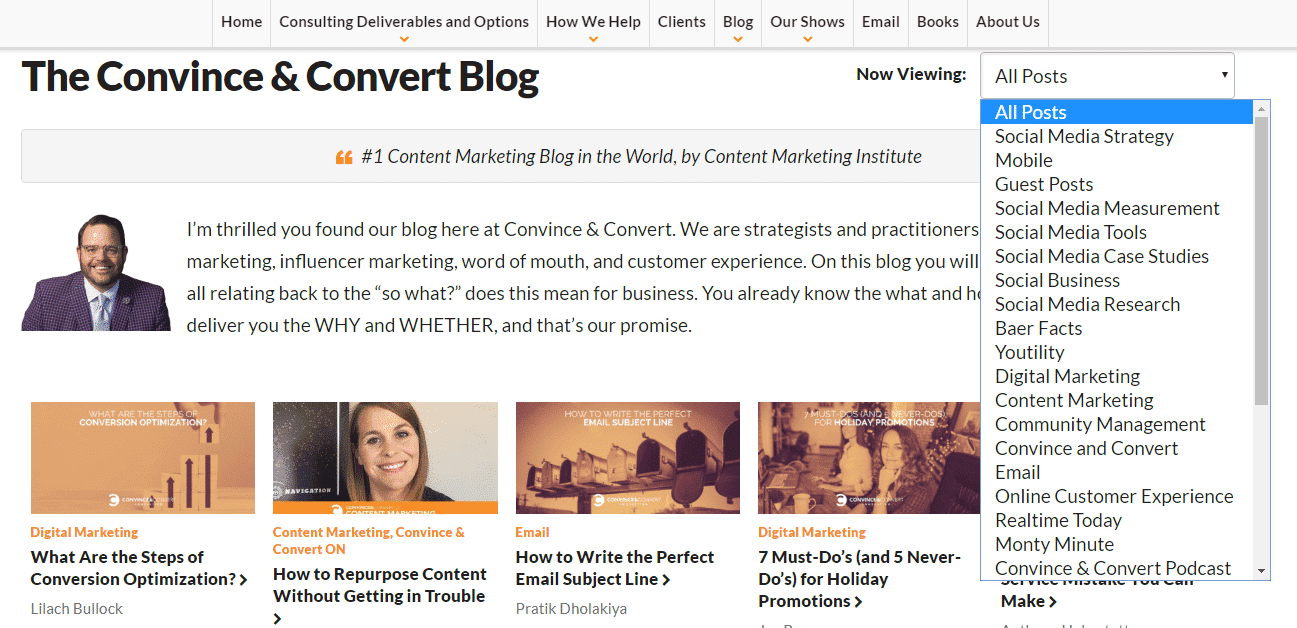
Convince and convert is a marketing strategy advisory firm for companies looking to improve their customer acquisitions. They provide a catalogue of information on everything from social media tools to customer service. Their blog is packed with actionable articles that keep users coming to their site. Through their blog, they show off their expertise in multiple areas.
II) Neil Patel & Eric Siu’s Marketing School podcast
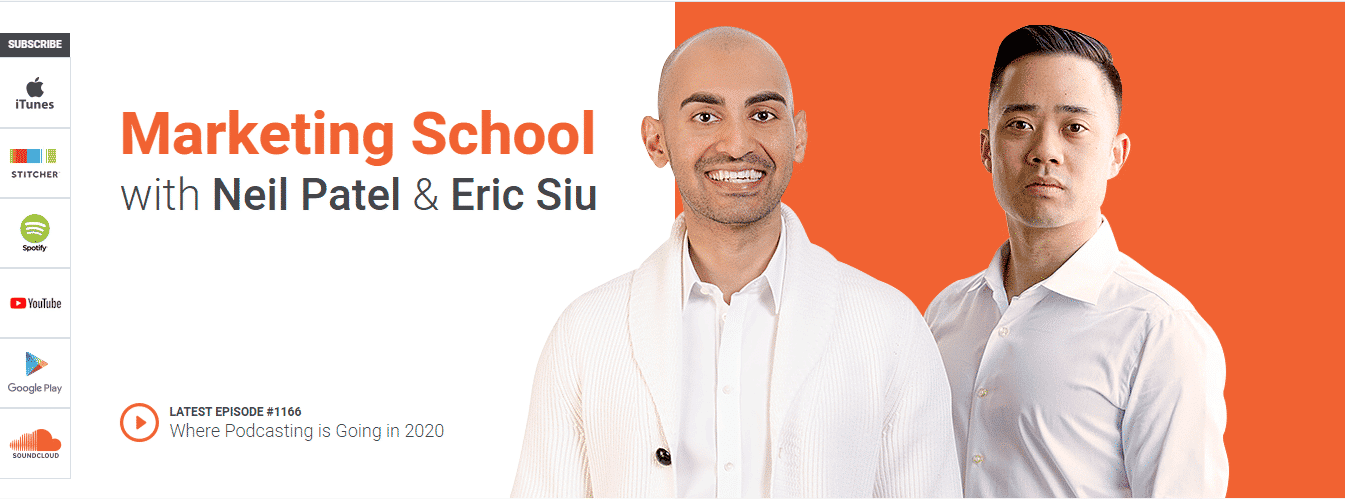
Neil Patel and Eric Siu have found great success through their daily podcast. The episodes are short and to the point, but offer a great platform for them to announce upcoming shows, talk about their current strategies, and point out common marketing mistakes they see online. Their podcast shows another form of content that is easily digestible but offers a ton of value.
4) Video Marketing
Almost half of all internet users look for product or service videos before visiting a store. Therefore it’s not surprising that product videos can increase purchases by 144%.
Videos keep users on your page longer, reducing the bounce rate. This is because the video is often relatable and more memorable than any other content.
SEO-wise, Google takes videos into consideration when indexing. If you have a video on your website you are more likely to rank on the first page.
Use video in your digital marketing services to attract attention from users and search engines alike.
a) Why small businesses struggle with video marketing
Don’t be intimidated by video marketing. Small businesses have used it effectively with less time and resources than large companies. There are video editing tools online you can utilize that do not require advanced skills.
Even people who aren’t confident with their on-camera skills or how they can translate their service into a video can utilize this marketing tactic. Video is a way to showcase the human side of your business or break down concepts in your industry in a more engaging and easily digestible way.
b) How you can do it right
Connect and engage an audience hungry for quick and relatable product videos through:
- Client testimonials and success stories
- Sharing your knowledge and educating the audience on camera
- Instructing users on how to get the most out of your product
- Showcasing company culture to provide a behind the scenes look at your office
- FAQs
- A simple hello from your team and an intro to your business
Unique or unconventional product videos are a great way for small businesses to differentiate themselves from the competition. Specifically, if they are providing a product or service that isn’t the first of its kind, as in a coffee shop or bookstore.
Once you’ve created the video, make sure to get it out into the online world. Publish the video on a landing page, put it in your email signature, and post it on social media to circulate your video and get more eyeballs on your business.
c) Real Examples
I) Dollar Shave Club
Dollar Shave Club’s video gives information on their product and brand in a humorous way. The video allows the company to showcase the behind scenes of their production while letting their personality be front and center. Video also lends itself well to virality, leading to more exposure to potential customers online.
II) Hootsuite’s a Game of Social Thrones
Hootsuite got creative with their video and combined their social media management service with the popular HBO show Game of Thrones. Brands can make use of TV shows, holidays, and special events to relate to a new audience and showcase their product. Hootsuite was able to highlight their social media services in a fun way thanks to video.
5) Email Automation and Cleaning Data Lists
Email automation enables you to stay in touch with your subscribers when they take certain actions on your site without having to manually send an email each time. Including email automation in your digital marketing services is a great way to engage with your customers on a consistent basis.
According to eMarketer, 80% of small retail businesses say that email marketing is the best driver of customer acquisition and retention.
However, a successful campaign is only as good as the data acquired.
Cleaning data of inaccurate information or else adding in missing relevant information, such as an address and phone number, can help make data-driven campaigns more targeted.
a) Why small businesses struggle with email automation
Small businesses might be tempted to wait until their list is “big enough” to start creating newsletters and promotional emails. But that is a wasted opportunity.
Each person who signs up for your email list is indicating that they are interested in your product or service. Send emails to provide them with the value they signed up for. Plus, you want to fix any kinks now before your subscriber list is huge and you have more people to lose with subpar content.
b) How you can do it right
The types of emails you send will depend on what type of small business you have. Just remember that every email you send should provide value for your customers. Here are some examples:
- Promotional emails for special offers or sales
- Seasonal messages (for holidays or special events)
- Loyalty programs for your most dedicated customers
- Transactional emails (receipts, delivery notifications, appointment notifications)
Keep your email message brief, between 100-200 words. Also, keep in mind that many subscribers will read your emails from their phones. Consider mobile and optimize your content for smaller screens.
I) Write targeted emails
The more people in your email list, the harder it is to write an email that is relevant to everyone. To write targeted content, segment your email list into smaller groups with similar interests. You can group them by demographics, past purchase behaviour, if they’re new leads vs. longtime customers, and so forth. Then craft a message to speak to each of these groups. As with ads, users like emails but want them to be relevant and personalized to them.
II) Clean out your data
As we mentioned before, cleaning out your list and removing unengaged subscribers is key to a successful email marketing campaign.
The reason why targeting interested users is so important is that open rates have a significant impact on whether your emails will end up in a user’s inbox or their junk folder. If your email isn’t opened enough times, the server may believe it is spam and mark it accordingly. Updating your email list will prevent this from happening and keep your email open rates high.
c) Measuring your performance
Keep track of the following analytics to see how well your email campaign is working:
- Open rates: the percentage of people who opened your email out of the entire subscriber list
- CTR: when someone clicks on at least one link in your email
- Conversion rates: the number of people who completed the action within the email, whether it is to purchase an item or download a piece of content
The most important element for launching an email marketing campaign is giving subscribers what they want and being consistent in your delivery of this value. If you find that more people are opening emails that contain special promotions, this may be a sign that you should increase the number of emails with promotions.
Subscribers also expect to see emails on a regular schedule, whether that’s daily, weekly, monthly, or even quarterly. Separate your list to write targeted content, clean up any unengaged subscribers, and track key email metrics to see how to improve your next email campaign.
d) Real Examples
I) Kate Spade
Fashion brand Kate Spade created an automated welcome email to go out to new subscribers. Having welcome emails sets the tone for future communications from the brand. Everything from the visuals to the copy is geared toward developing a strong connection with subscribers. They have also included a welcome code to encourage new subscribers to start shopping.
II) GoDaddy
GoDaddy sends out email campaigns to remind customers to renew their domain name. The campaign is set up to send multiple emails to the customer depending on the expiry date of their domain name. Their email makes it simple for customers to renew with little hassle.
6) Social Media Marketing and Tracking Social Media Activity
We mentioned at the beginning of this article that many small businesses believe social media to be their most important SEO practice. While social media is mostly used to generate brand awareness, there are other reasons to utilize this digital marketing service.
A good place to start is having your social posts consist of:
- Articles about your industry or from thought-leaders in your field
- Personal behind-the-scenes content to show off the human side of your business
- Promotional posts to generate conversions and profits
Remember that social media is a place for two-way communication, meaning it’s a chance to hear the voice of your audience. Social listening is an important aspect of social media campaigns and can steer your business in a better direction to solve user pain points.
a) Why small businesses struggle with SMM
Neil Patel found that a staggering 62% of small businesses are failing at their Facebook marketing. This statistic shows that there is a growing need for better social media strategies in digital marketing services.
Start by examining how your social media accounts are working now. Once you gather everything in one place you can see what content is working and what’s not, how you can improve, and what you can leave behind. Small business owners either struggle with coming up with the content or post anything at any time. Inspiration for posts can come from your ideal audience and their needs.
Also look at who you’re connecting with, how your brand compares to others, and whether your audience is using the platforms you are on. If your ideal audience is using certain platforms in a different way, maybe change up your strategy to reach them on that level.
b) How you can do it right
Answering the following questions to get started on a structured social media strategy.
I) Who are you trying to connect with?
Get as specific as possible and rely on data. Researching your ideal audience will give you ideas on how to engage them and offer solutions.
II) Which network should you focus on?
You may be tempted to go after every major social network, but there is little point if your audience is not there. Research the demographics of each social network and determine which ones fit your buyer persona.
III) Am I responding to comments?
Remember you’re in a two-way conversation. People want to hear back from you, and it’s an easy way to create a relationship with a customer. People who have good experiences with brands are more likely to refer your company to a friend.
IV) Am I monitoring brand mentions?
First, monitor channels to see who is mentioning not just your brand name, but also competitors and relevant keywords. Then, analyze the mentions to identify what you should do next. Use the analytics available on Facebook, Twitter, and Instagram to see which posts do well and double down on those.
c) Real Examples
I) Essie
Essie does a great job of not only showing off their product but also how it can be used. They repost user-generated content showing their nail polish being worn by real customers. They also have a color of the month campaign where they feature a different nail polish color. Users who want a chance to be featured on Essie’s page can submit a picture of themselves wearing the color. This makes for high user engagement and visually appealing content.
II) Popeyes and Chik-Fil-A
This Twitter fight lead to great publicity for both Popeyes and Chik-Fil-A’s chicken sandwich. Chik-Fil-A tweeted out claiming their chicken sandwich to be the original, a slight dig at Popeyes who had just released their own version. Popeyes bit back, causing fans to pour in and tweet their own responses. Both brands used the ability to comment on the other’s content to bring awareness to each customer base.
7) Remarketing
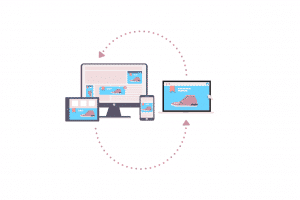
The most common form of remarketing is to create display ads for people who have already used your site.
Popular ad networks such as Google AdWords, Facebook Ads, and Bing Ads allow you to set up remarketing campaigns with little effort. You’ll need to install a remarketing pixel on your site that adds cookies to your visitor’s browser. Then the ad network can identify the cookie and track when your visitors are on a partner site. From there, a customized ad will be displayed that specifically targets them based on their activity with your business.
a) Why small businesses struggle with remarketing
Small business owners are under the impression that users hate ads and use ad blockers. Therefore, they are hesitant to include display ads in their digital marketing services.
However, according to a study by Hubspot, consumers would actually prefer an ad filtering system rather than a complete block. This way, users can still receive ads from brands that interest them. The problem lies in the relevancy of the ad rather than the ad itself.
Remarketing is a way for small businesses to personalize their ads for users and create a better connection.
b) How you can do it right
I) Set a frequency cap
Frequency is the average number of times a visitor sees your advertisement in a period of time. If you set it too high, users may become annoyed at seeing the same ad multiple times. But if you set it too low, users may not even notice your ad at all. Find a happy medium to ensure decent exposure to your ad, but nothing that is too invasive.
II) Manage your placements
Choose the websites you want your advertisements to be displayed on. Controlling where your ads are placed can give you the best return. You want people who are already browsing related sites and are looking for your product to then see your ads selling the product they need.
III) Use an individual approach
Treat each user differently depending on their interaction with your brand. Are they first-time or returning visitors? Your ad may lack the context needed for first-time visitors. Otherwise, if your ad is being shown to a returning visitor who did not convert, it’s unlikely the same ad will produce a different result. Treat them differently and deliver the right message to the right people. Like with email, audience segmentation works well. You can start with separating your audience based on geolocation and gender, then work your way up from there.
c) Real Examples
I) Best Buy
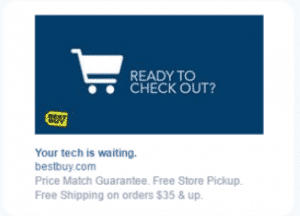
Best Buy uses a simple remarketing banner to remind users that they have items in their shopping cart. Their message is generic, but still elicits a sense of urgency to purchase the items.
II) ShopBop

On the other hand, ShopBop uses highly personalized banner ads, showing users the items they were looking at on the ShopBop website. This ad is highly targeted and goes after exactly what the user was thinking of buying, giving ShopBop another chance to convert.
Final Thoughts on Digital Marketing Services
A customer’s path to making a purchase today involves many more touchpoints than it did in the past. Research shows that customers will interact with your business on average 10 times before they make a purchasing decision.
As well, customers now determine how and when they engage with your business. They could connect in person, on your website, by telephone, on social media or via a mobile app. Digital marketing services help you keep your customers’ attention wherever they are. Reach out using a variety of channels, and the methods mentioned in this article.
Although it’s difficult for many businesses to achieve a consistent customer experience across all channels, it can be done. Reach out to us to learn more about digital marketing services, and how your business can achieve significant growth with these tips, and more.

